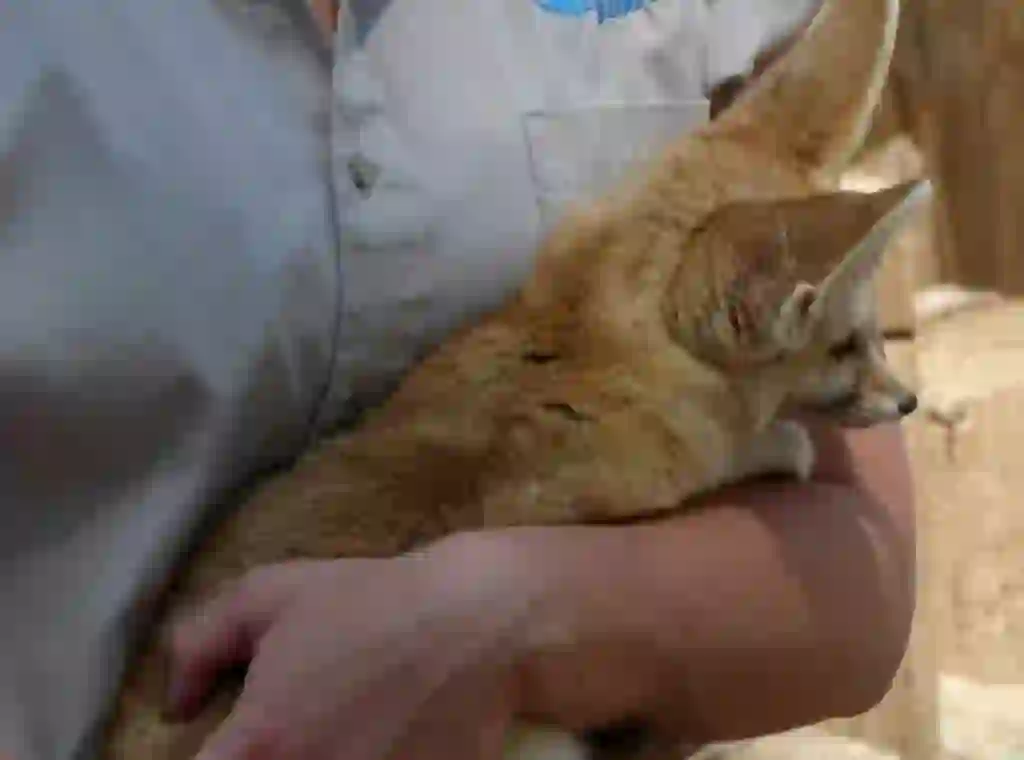
Fennec
Fennec
Fennec
The Fennec, the smallest canid, is known for its distinctive large ears and fox-like charming face, with a body and fur structure adapted to its habitat, excelling at digging burrows. Recently, the Fennec has become popular not only in the wild and zoos but also as a pet, now sold in pet shops as an exotic animal. This article will introduce the habitat, characteristics, and various charms of the Fennec.
Fennec Basic Infomation
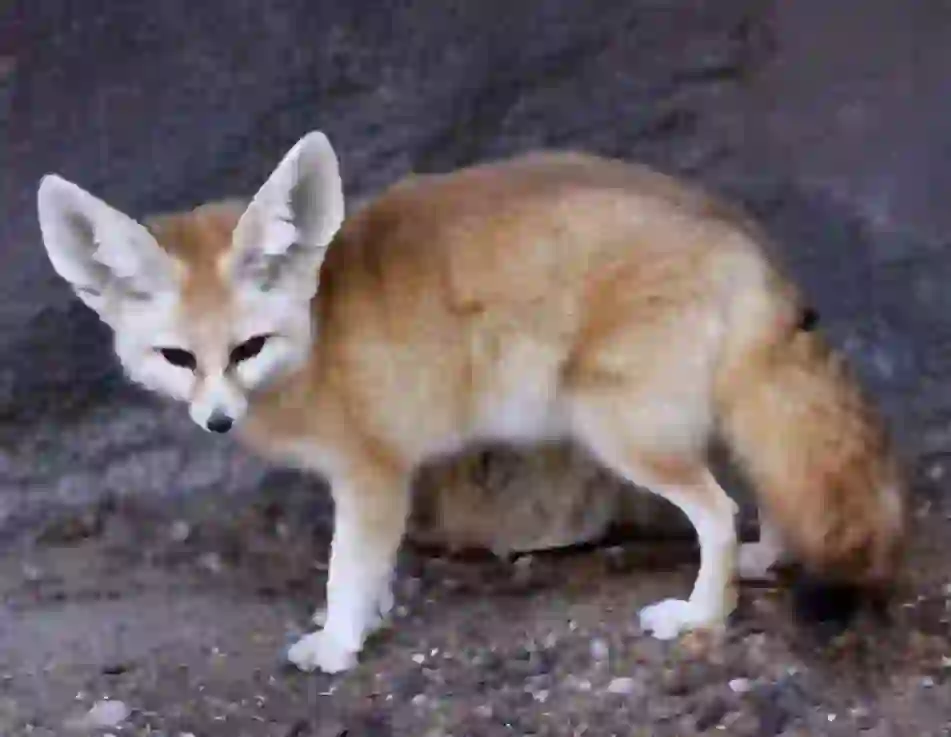
Class: Mammalia, Order: Carnivora, Family: Canidae, Genus: Vulpes
Body length: 30-40.7 cm, Weight: 1-2 kg
Habitat: Algeria, Egypt, Sudan, Chad, Tunisia, Niger, Mali, Mauritania, Morocco, Libya
The Fennec is a member of the fox genus within the Canidae family and is famous for being kept as a pet as an exotic animal.
The color of its body features a reddish-brown stripe from the inner corner of the eye to the lips.
The Fennec is the smallest in the Canidae family, with a tail about half the body length and a tail tip that is black. The ears are extremely large, measuring 8.5-15 cm.
The entire body is covered with soft fur, adapted to the drastic temperature changes of the desert. The large ears serve to dissipate heat and also play a role in detecting prey under the sand. The soles of the feet are covered with fur, suitable for walking on sandy soil.
Although nocturnal, they may wake up in the morning for sunbathing. They dig burrows several meters deep in the sandy soil to escape the heat of the day and the cold of the night.
They live in small groups of fewer than ten individuals forming family groups.
The entrance to their burrows is often made at the base of plants, and the birthing chambers are lined with plant leaves.
They have remarkable jumping ability, capable of leaping vertically up to 60-70 cm and horizontally up to 120 cm.
Mating occurs in January-February, followed by a gestation period of 50-53 days, with each birth producing 2-6 offspring.
The lactation period lasts about 1-3 months, and sexual maturity is reached at about 6-9 months after birth.
Fennec Q&A

What is the origin of the name 'Fennec'?
The name 'Fennec' is derived from the Berber-Arabic word 'fanak', which means 'fox'. It is called 'Fennec' in English as well, aligning the common name with the English term. Its scientific name is 'Vulpes zerda', with 'Vulpes' indicating its genus within the foxes, and 'zerda' hinting at its specific fennec characteristics. It is also commonly referred to as the Fennec Fox.
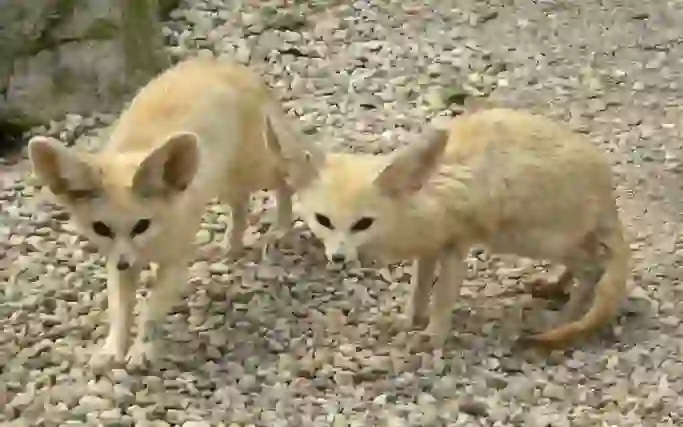
Why does the Fennec live there?
Fennecs have a broad habitat range and are found in various countries with sandy environments. They dig burrows in sandy soil to form small groups, living underground to escape the daytime heat and the cold of the night. They are active during the cooler nighttime hours but may also emerge from their burrows in the morning for sunbathing.
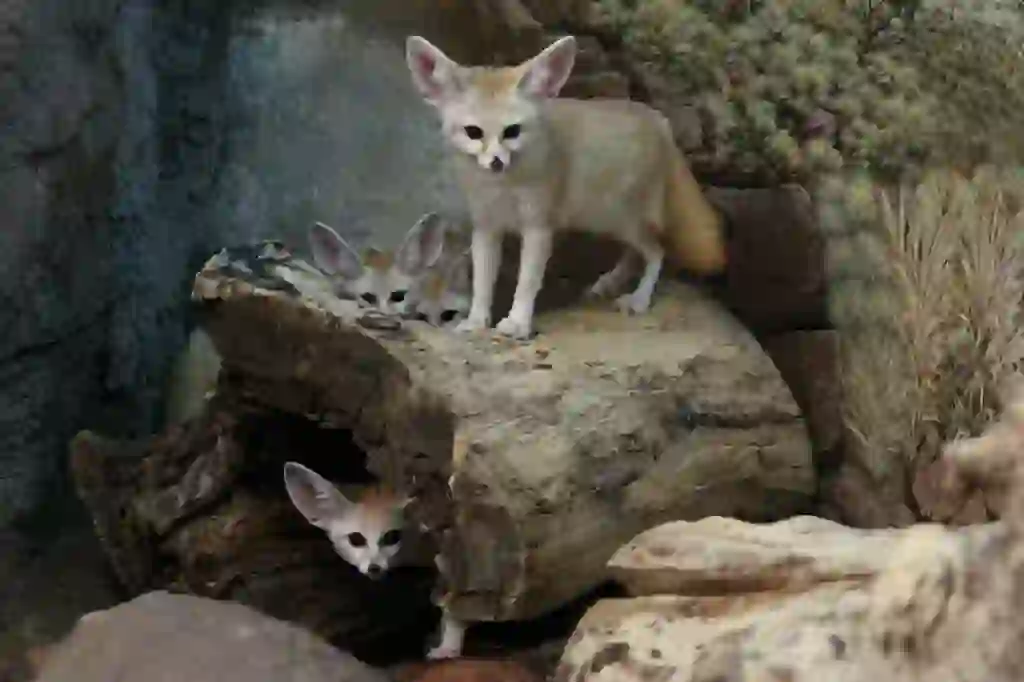
What does the Fennec eat?
Fennecs are omnivores, consuming a diet that includes small mammals, birds, reptiles, insects, plants, roots, and fruits. They are adapted to desert life, seldom needing to drink water as they obtain moisture from the plants they consume. When kept as pets, they can be fed dog food, vegetables like carrots and cabbage, fruits such as apples and bananas, and cat food, which contains the necessary taurine.
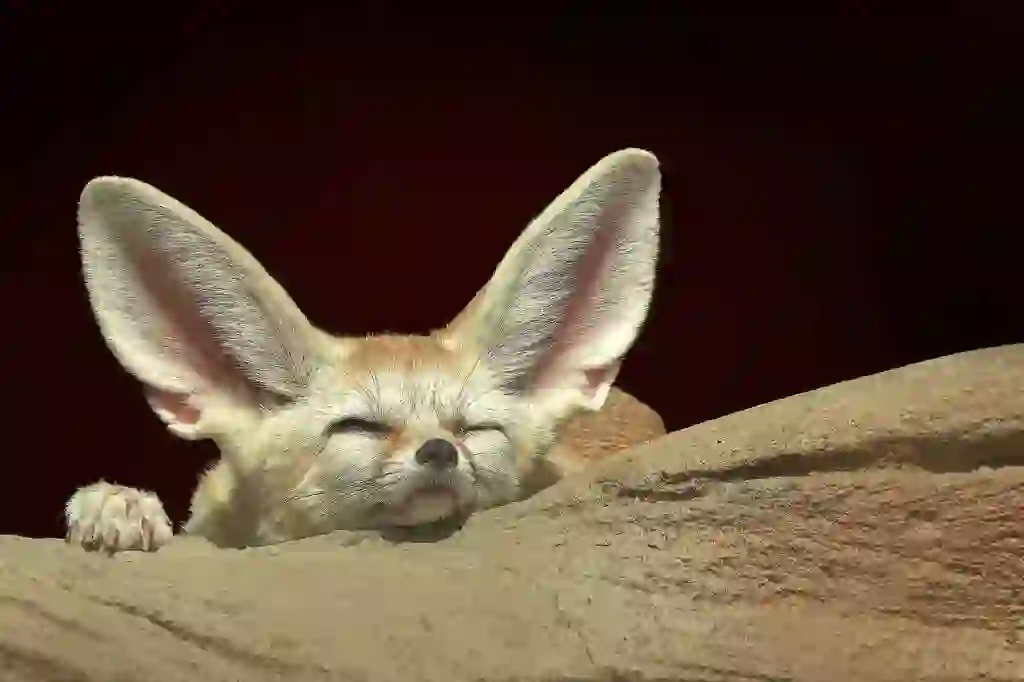
Does the Fennec have any unique body structures?
The Fennec is adapted to life in harsh sandy environments. Its most notable feature is its large ears, which not only help it to hear prey under the sand but also serve to dissipate excess heat. These ears also aid in detecting predators quickly. Its feet are covered in thick fur, protecting them from the hot sand, and it can absorb water from food, minimizing its need for drinking water.
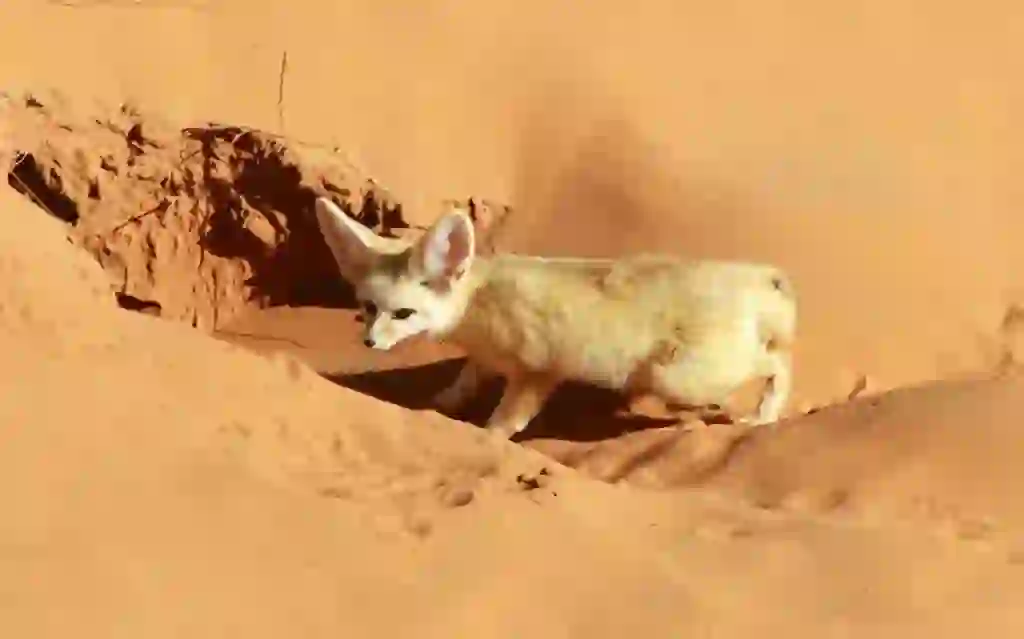
Is the Fennec's burrow structurally complex?
Fennecs dig extensive burrows in the sand that can be several meters deep to escape the extreme temperatures of their desert habitat. These deep burrows are comfortably structured to live in throughout the day, with multiple exits for escape and interconnected with other animal burrows in some cases. They mark their territory with feces and urine.

Has the Fennec been featured in a picture book?
The Fennec has been featured in literature, notably in a letter by Antoine de Saint-Exupéry, who mentioned encountering a Fennec during his time in the Sahara Desert in 1935. This encounter inspired the character of the fox in his famous book 'The Little Prince', who delivers the iconic line, 'One sees clearly only with the heart. What is essential is invisible to the eye.'
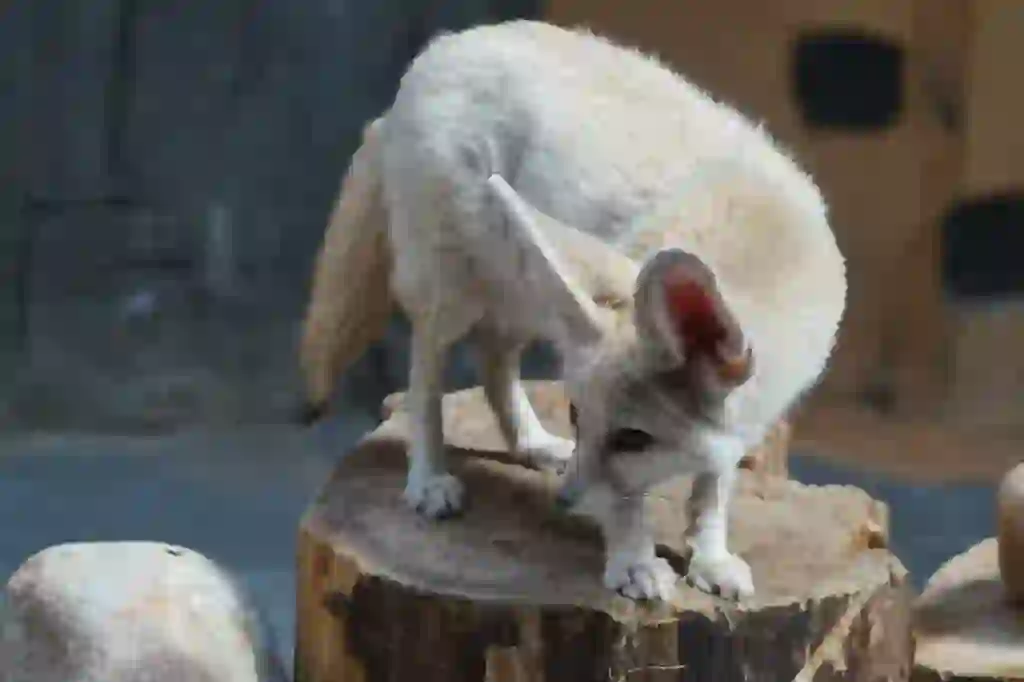
What are the differences between a Fennec and other foxes?
While Fennecs are part of the fox family, they differ from other foxes in their habitat preferences, social structure, and physical abilities. Fennecs live in sandy deserts, whereas other foxes inhabit a range of environments from lowlands to mountains and from semi-deserts to forests. Fennecs form small groups, while other foxes are typically solitary except during mating seasons. Fennecs are exceptional jumpers, and unlike other foxes, they are adept at digging in sand but cannot climb trees or swim as other foxes can.
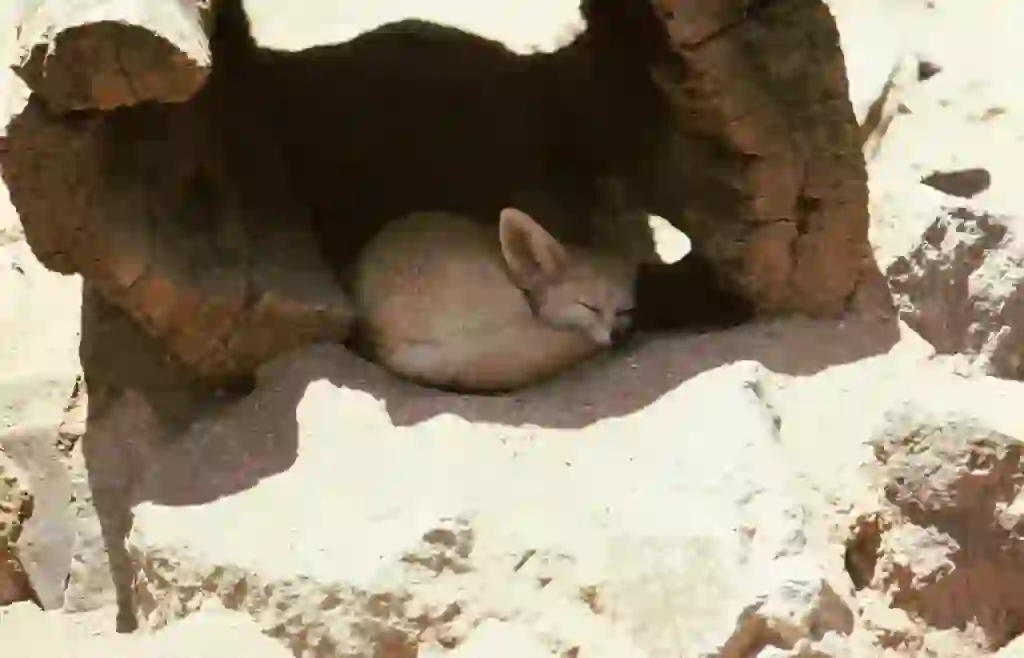
Can Fennecs be kept as pets?
Fennecs have recently become more visible in pet shops, but their suitability as pets depends on their environment. They are considered advanced-level exotic pets due to their nocturnal nature, which can lead to them being active and potentially noisy at night. They require a specially adapted environment to thrive as pets, including measures to prevent them from digging destructively when kept outdoors.
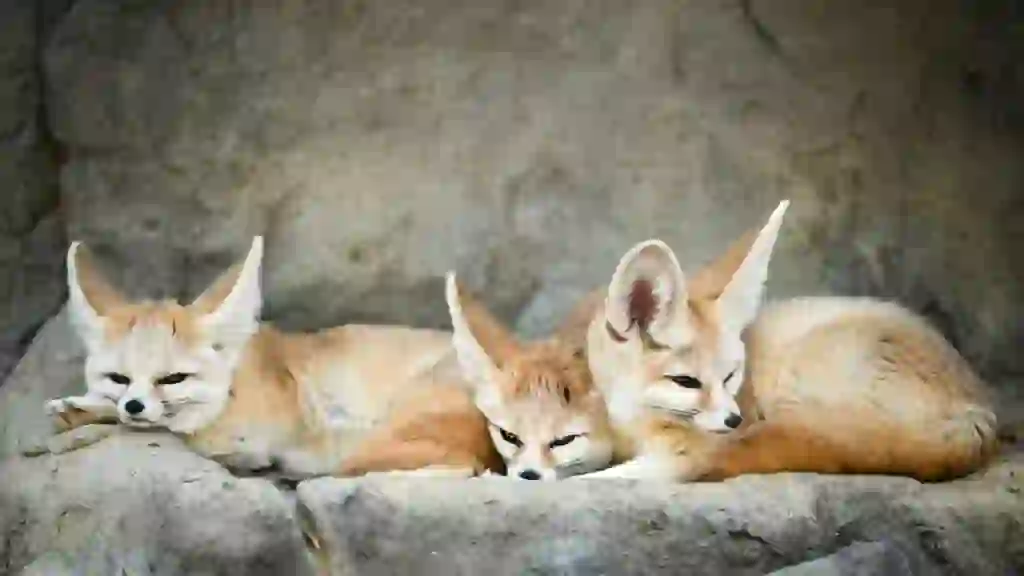
Do Fennecs become accustomed to humans as pets?
Fennecs can be skittish and wary, but with proper handling, they can become affectionate and may even enjoy being cuddled. However, their wild nature means they may bite if frightened or uncomfortable. They exhibit both dog-like behaviors such as wagging their tails when happy and showing submission by exposing their bellies, and fox-like behaviors such as barking to alert to dangers.
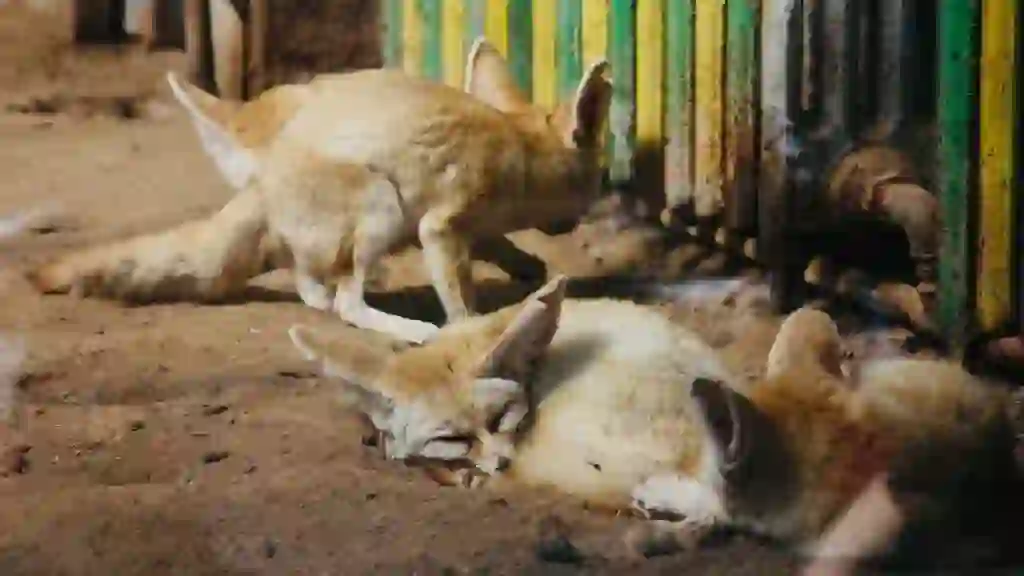
What are some considerations for keeping a Fennec?
Fennecs require a quiet, stress-free environment and are sensitive to loud noises. They need temperature-controlled environments to protect against the cold and damp conditions they dislike. Maintaining a low-stress, stable environment is crucial for their health and longevity in captivity.

Would you like to become a part of the 'Animalbook.jp'?
Turn your knowledge into Q&A and share it with the world. ※Publication will be activated after purchase. Let's share information together!
Fennec Type of List
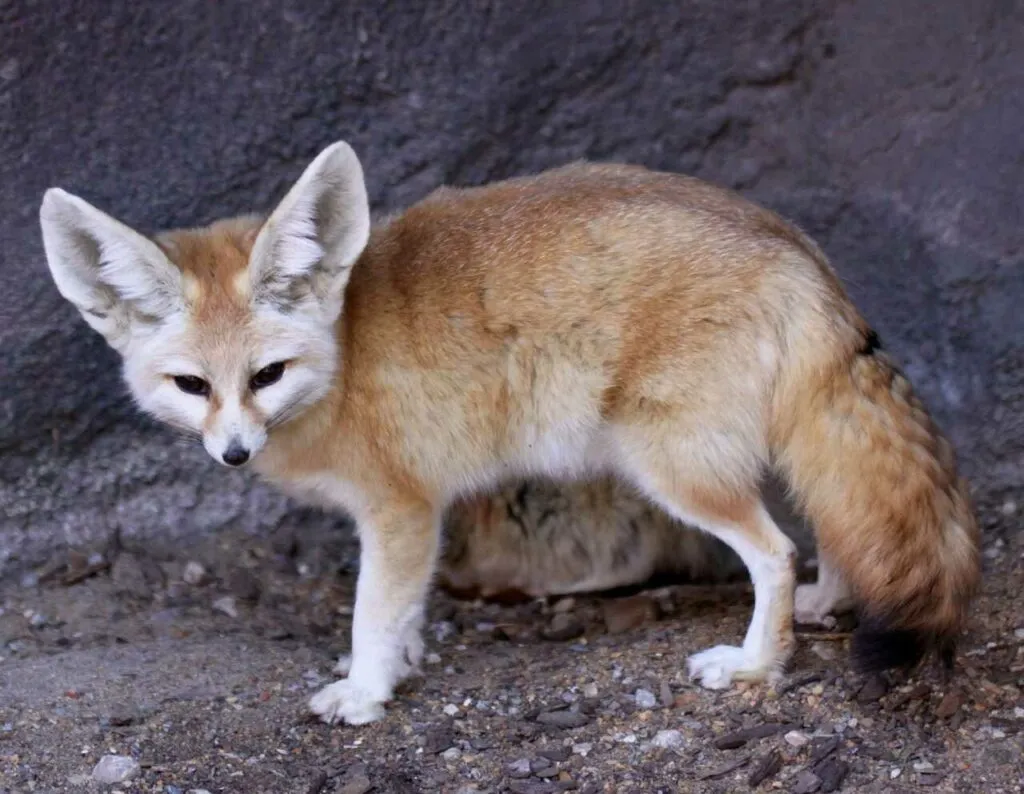
- Fennec
Information
Congratulations! You are the first commenter!

Create Your Favorite List!
Fennec
Save the animals you love! Build your own list to quickly revisit your favorites later.

Would you like to leave a comment?
※Please note: This is for the purchase of rights to post comments within the article.
Find Your Favorites!
Our shop offers a unique and attractive selection of goods themed around various animals.
Fennec References

- Wikipedia https://ja.wikipedia.org/wiki/フェネック
- フェネックってどんな動物|知らないといけない生態と特徴(Ver.2) https://exoroom.jp/fenneku/2019/02/16/seitaitotokutyou/
- フェネック❘生き物紹介-アクアマリンふくしま https://www.aquamarine.or.jp/animals/fennec/
- 動物図鑑/フェネック https://pz-garden.stardust31.com/syokuniku-moku/inu-;ka/fenekku.html
- キツネとは‐コトバンク https://kotobank.jp/word/キツネ-51104
- 【ペット】フェネックの飼い方:種類・寿命・値段まとめ https://www.travelbook.co.jp/topic/17994
- フェネックは尻尾がフサフサ!値段は?ペットとしての飼い方は?性格や寿命、特徴、餌まとめ https://er-animal.jp/pepy/623
Fennec Introduction of media used

出典:https://commons.wikimedia.org/wiki/File:Fennec_Foxes.jpg

出典:https://commons.wikimedia.org/wiki/File:Fennec_Fox_Family.jpg

出典:https://pixabay.com/images/id-6572061/
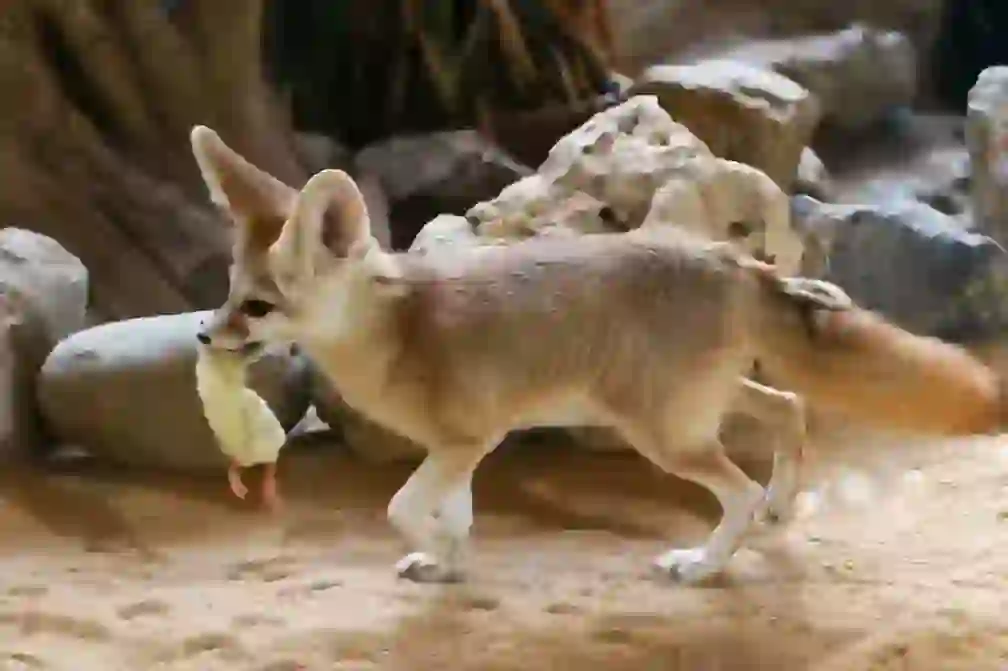
出典:https://pixabay.com/images/id-5736088/

出典:https://pixabay.com/images/id-4874775/

出典:https://commons.wikimedia.org/wiki/File:Fennec2_SDZ.jpg

other
出典:https://pixabay.com/images/id-5235474/

出典:https://unsplash.com/ja/写真/WhBAQivMJm8
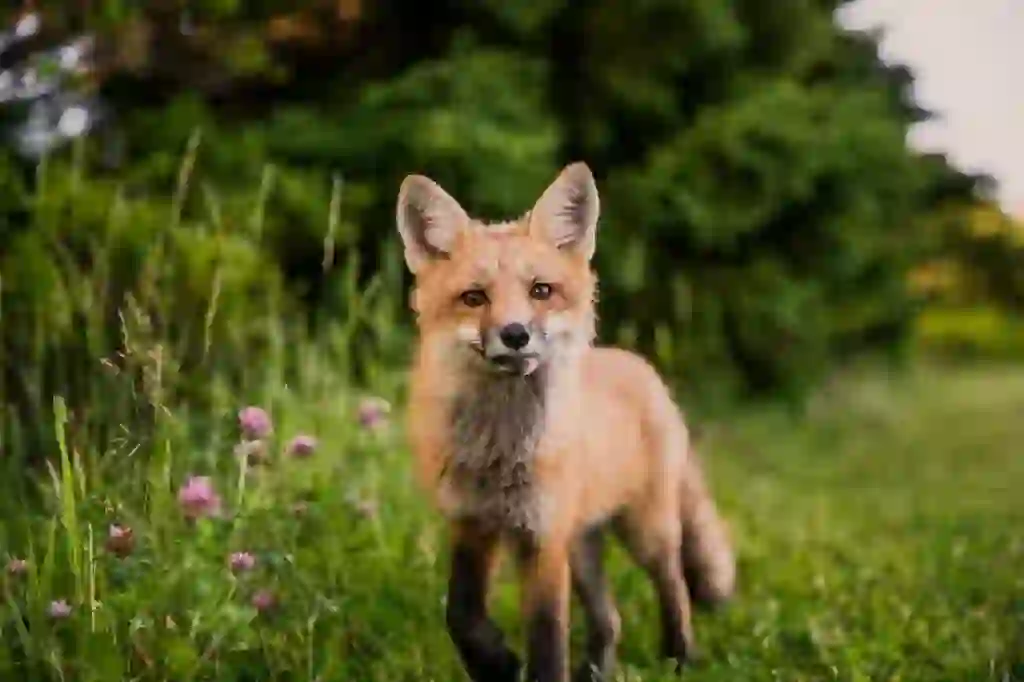
similar
出典:https://unsplash.com/ja/写真/CQl3Y5bV6FA

出典:https://pixabay.com/images/id-4249425/
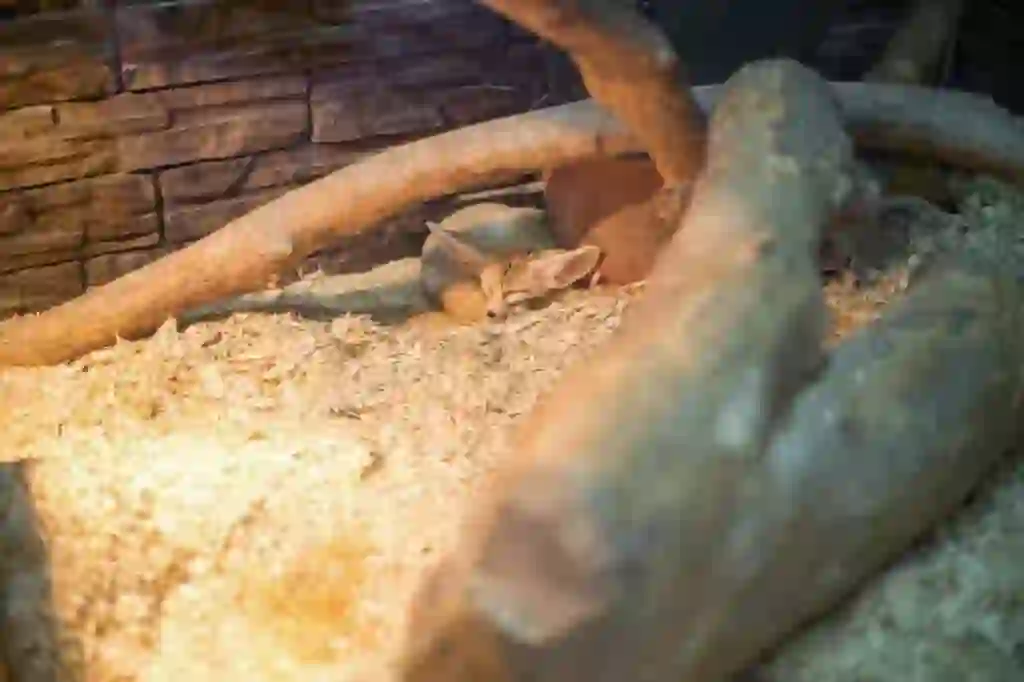
出典:https://unsplash.com/ja/写真/FK1G_bqIhkQ

出典:https://www.pexels.com/ja-jp/ja-jp/photo/9348950/

Help Enrich Our Animalbook.jp with Your Media!
We are constantly looking to expand and enrich our Animalbook.jp with amazing photos and videos of animals. If you have any media that you'd like to share, please contribute and help us showcase the beauty and diversity of the animal kingdom. Your submissions will be credited and featured in our encyclopedia, reaching a wide audience of animal lovers.
















